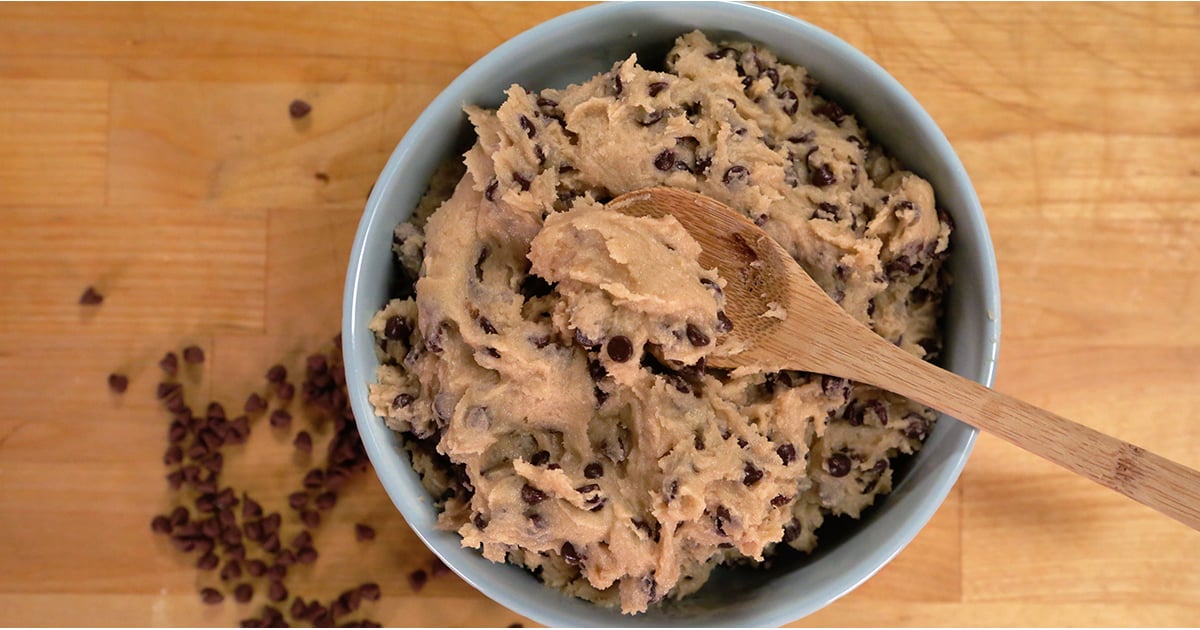
Plastic is easier to clean and to drill holes in but it can get very moist very fast, so you need to be careful with the moisture levels in the bin. Drilling a lot of ventilation holes is necessary here, to let the excess water seep out. Plastic bins are light and easy to move as compared to heavy wooden bins.
Opt for the gardening variety of plastic storage compartments or buckets and make sure they are dark in color and not see through! Worms like it dark, so avoid light entering the bin at all costs. How about using a nice storage tub or tray as your worm bin, Clean such bins well with soap and water, before putting in soil or bedding. With wood, the excess moisture is absorbed, just the right amount of air remains and the bin stays nice and dark for the worms to stay happy. But wooden bins can get eaten with time.
Opt for natural pressed wood as chemically processed or treated woods can leak chemicals into the compost, which in turn can kill your worms. You can use an old dressing table, cabinet, small cupboard, tires or trunk any storage piece of furniture, provided it's in usable condition (not too weak or moth eaten) as a bin. Just because the worms won't complain, that doesn't mean you should pack them in a sandwiched sized bin!
Dimensions are important and are based on the amount of soil, you hope to obtain from the bin and the amount of food you will "feed" into the bin. A recommended practice is to assess or weigh the amount of food rubbish and garbage that you dispose off on a daily basis, to realize the correct bin dimensions.
Assume that every one pound of food, means one square foot of bin area needed. Ideal depth measurements are between 8-12 inches deep. Don't go beyond 24 inch depth, as the worms will not penetrate soil at such a depth. Use galvanized nails when making wooden worm bins. Worms need air to breathe, so a well-ventilated bin with plenty of small holes is needed for breathing room and for reducing moisture levels. The worm bin should be damp and moist, not wet or full of water.
Holes should be made at the bottom of the bin and the sides. The bottom should have at least 10 - 25 holes depending on the area of the bin. At the sides, at least 4 - 6 holes should be made. With plastic bins, more holes might be necessary.
Make sure the holes are at least 1/4-1/6 in width, they should be spaced evenly apart. Suspend or elevate the bin using bricks or planks of wood, such that the water can seep out onto a tray beneath. Holes help in maintaining the correct moisture levels. If you make large holes, don't throw the bin out, use a filtering material or cloth to keep worms and soil in, water out.
Worm bins need a cover or lid, so that it remains nice, dark and cool inside. For plastic bins, you need to drill holes in the cover as well. If you are placing the bins outside, the cover needs to be solid and thick, so the bin remains undisturbed. If indoors, cover the bin with a sheet of non-transparent, thick plastic or a burlap sack. The bin needs to be prepared for the worms to live in and this is through adequate and efficient bedding.
Tags:
How Make Food
